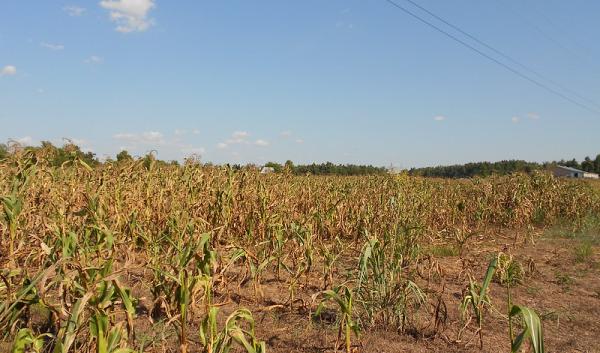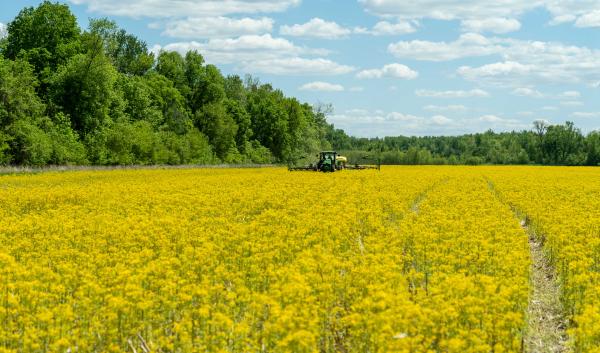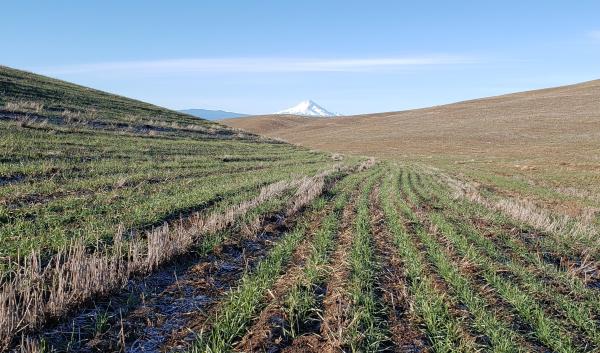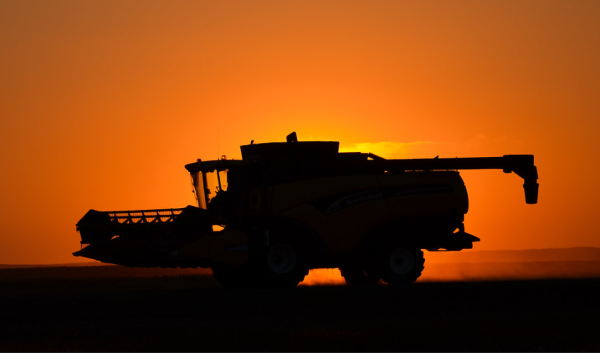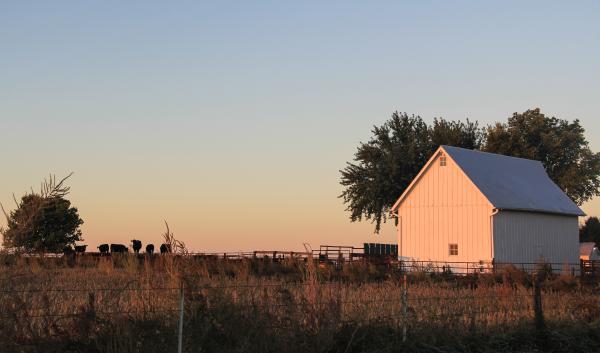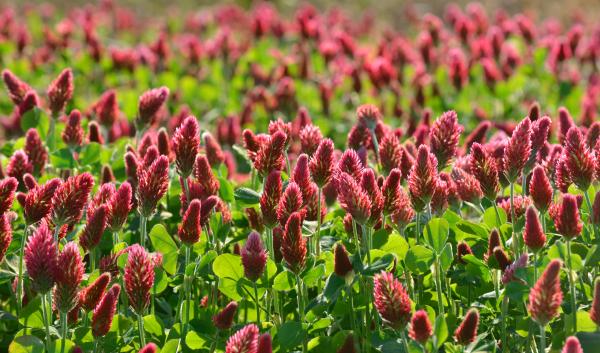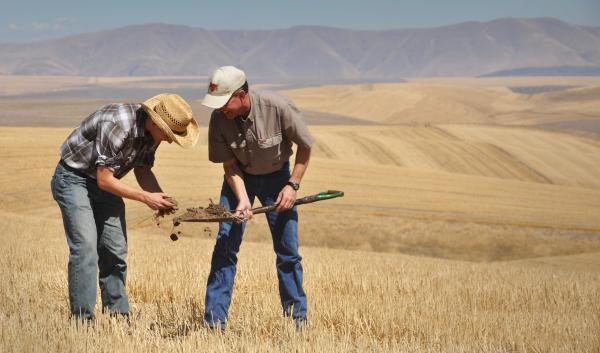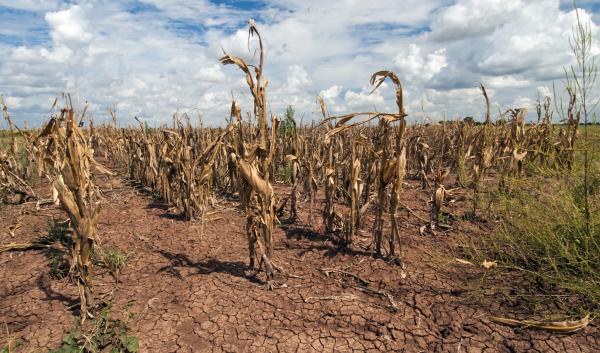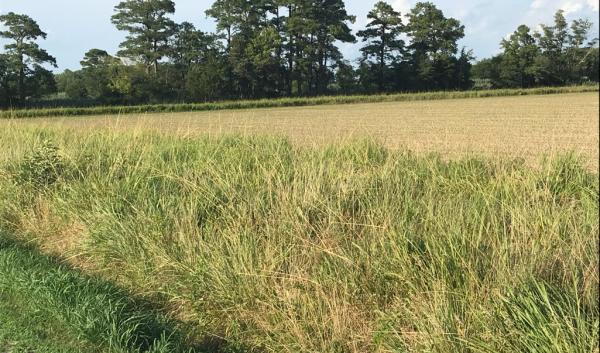Field Crops
Field crops include corn, cotton, rice, sorghum, soybeans, winter wheat, durum wheat, and spring wheat. The effects of climate change on crop production will vary by region, and will largely be a factor of impacts on resources important to agricultural production, such as soil and water. Conservation tillage, crop residue management, and cover crops are examples of management practices that can help mitigate the negative impacts of climate change.
-
Warmer Isn’t Always Better: How Rising Temperatures Impact Crop Production
While warmer temperatures often promote growth, most crops in the Northeast are already being grown close to their…
-
Assessing the Impacts of Climate Change on Midwest Agriculture
Explore the extent of climate change in your state, hear how these changes are affecting agriculture, and learn about…
-
No-till wheat farming in The Dalles, Oregon
No till farming helps farmers adapt to extreme weather events and support fish populations in The Dalles, Oregon.
-
Managing Risk of Field and Equipment Fires in the Midwest
Explore resources for minimizing the risk of field and equipment fires during harvest.
-
Bolstering Extension-Climate Hub Partnerships in the Midwest
The U.S. Department of Agriculture has invested in new Cooperative Extension and USDA Climate Hubs partnerships to…
-
Northwest Cover Crops for Climate Resilience
Cover crops can make farms more resilient to the impacts of climate change by enhancing soil health and water quality.
-
Northwest No-Till Farming for Climate Resilience
No-till farming keeps crop residues on farmland, protects soil, and limits the release of greenhouse gases.
-
Vulnerability Assessments of U.S. Agriculture and Forests (2018)
Two special issues in the journal Climatic Change feature vulnerability assessments of agriculture and forestry across…
-
Farming on a Saltier Coast
A new report by NOAA provides updated predictions on the rate of sea level rise within the United States. When coupled…


